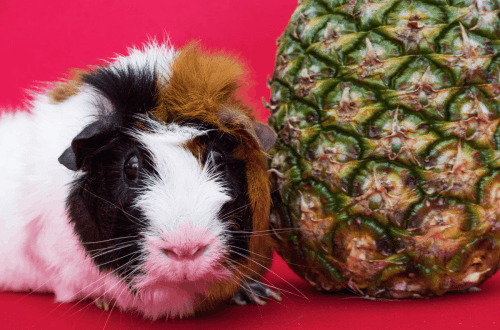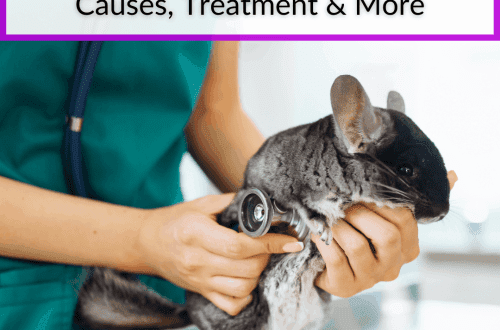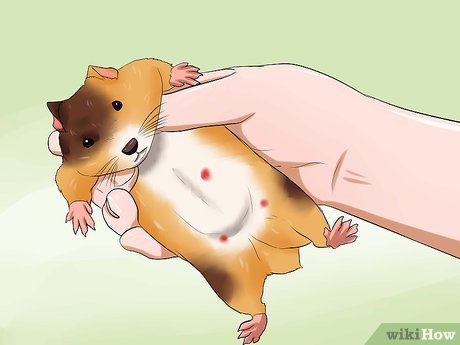
Hamster died: how to understand and what to do
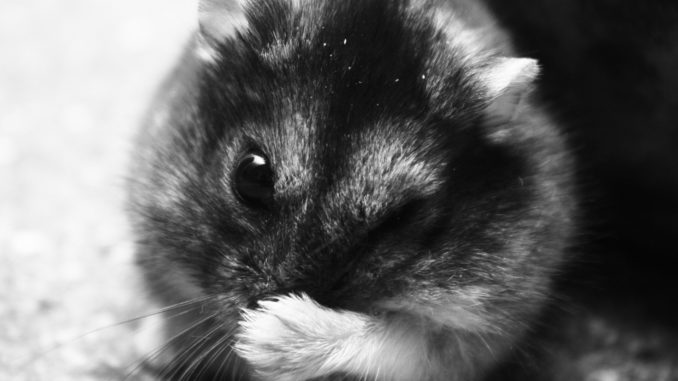
If a hamster died in a child, then the loss of a pet is often very painful. The life of fluffy rodents is short, but by observing the conditions of proper care, it is possible to extend it a little. Having prepared for the fact that the hamster is dying, it is worth helping the little owner cope with the loss.
If your pet is immobile but shows signs of breathing or palpitations, information on the causes of immobilization in hamsters will be helpful.
Contents
Causes of death of hamsters
The life span of domestic animals is small and averages from 2 to 3 years. All living beings die of old age and nothing can be done about it. There are other factors that lead to the death of the animal. Some depend on the conditions created for the life of rodents.
Improper diet
The health and life of a pet largely depends on the quality of the food offered. The hamster is rather illegible in food, from which it can not only get bloating and diarrhea, but also die.
The following foods are prohibited for consumption:
- stale, rotten, expired products;
- smoked, fried and fatty foods;
- sausage;
- food with spices;
- sweets;
- Exotic fruits;
- garlic, onion, mint.
Improper care
A possible cause of untimely death, which depends on the owner, is rare cleaning of the cage. Care includes not only regular cleaning of excrement and changing bedding, but also the removal of stocks. Animals follow their nature and tend to store food for the future, especially before the onset of cold weather. Some foods spoil over time. The constant and complete removal of stocks stresses the rodent, so it is wiser to replace spoiled foods with fresh ones.
Diseases
Animals often suffer from infectious colds. Delayed or self-treatment can also lead to the death of a hamster. At the first signs of illness, the animal should be shown to the veterinarian and follow his instructions in the future.
Rodents are also prone to developing tumors. One of the reasons for the appearance of oncology is the feeding of purchased crackers, chips and other products containing various fillers and stabilizers to animals. Given the size of the pet, eating such foods in large quantities adversely affects health.
Careless handling
Fluffy rodents are very shy, sharp sounds or constant noise can lead a pet to a heart attack or stroke. Children should be explained that not all games with the animal will be appropriate. Do not introduce your pet to other animals or bathe in the bath.
Injuries
Due to the fragile physique, it is easy to damage the animal by carelessly picking it up or dropping it from a height. The rodent may fall on its own, which is why you should not let it out for a walk unattended on a table or other high furniture.
Stuff and drafts
The optimal living conditions for a pet is a ventilated room with an air temperature of about 20-22 ° C, away from direct sun, heaters and drafts.
Other reasons
No one is safe from accidents, but an attentive attitude will help to avoid such tragedies as an escape or a heavy object falling on a jungar. A homa who has escaped from a cage can gnaw on inappropriate objects, get an intestinal blockage from this, or an electric shock from wires.
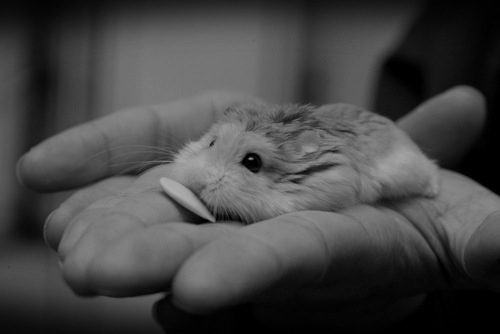
How to understand that a hamster is dying
An attentive and caring owner will be able to notice signs of malaise or aging in time.
Behavior
Daily contact with your pet will help to learn normal behavior and subsequently distinguish changes. The viable homa is usually active at night and slightly less during the day. A sleepy and non-playful animal is most likely unhealthy, but it is worth remembering seasonal hibernation during prolonged cold weather. Eating habits may also change. A healthy animal eats regularly, waking up frequently to do so.
Decreased appetite is a reason to watch your pet for a couple of days. If the homa does not eat at all, then you should show it to the veterinarian.
Visual inspection
Diarrhea, expressed in constantly wet hair under the tail, is a sign of helminth infestation or infection. Prompt veterinary treatment can save your pet’s life.
Regular examination of the skin allows you to notice swelling, abscesses, redness and scaly, which are symptoms of skin diseases and infections. If you gently pull the skin in the area of the shoulder blades, then in a healthy animal it will return to its previous position. Otherwise, it will be a sign of severe dehydration.
The coat of a healthy pet is thick and shiny. Thinning hair happens in an old rodent or is a sign of a disease.
Examination of the muzzle and eyes will help to notice signs of infection, colds, and inflammation of the cheek pouches in a timely manner.
How do hamsters die of old age?
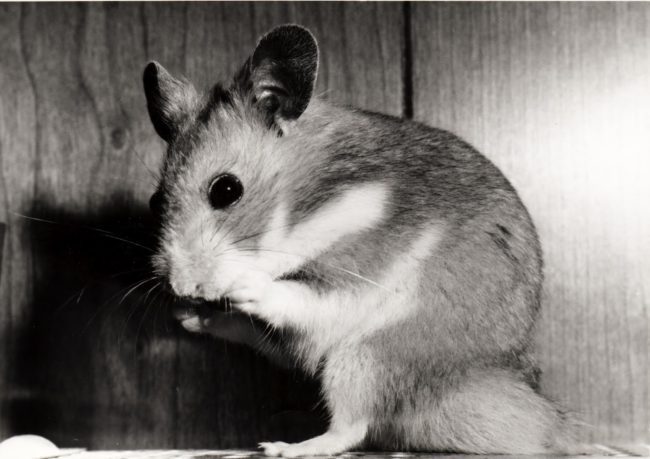
The death of a little friend is unavoidable. But seeing how hamsters change outwardly before death, they begin to behave more carefully, you can try to mentally prepare in advance for the loss.
Signs of aging and impending death:
- hair thins, becomes dull, falls out in places on the head, eyes become cloudy;
- the pet moves slowly, does not run in a wheel, does not play, sleeps for a long time;
- losing weight, eating less, not stocking up.
An aging animal needs increased care and attention.
What to do if a hamster dies
If we are unable to help an aging Syrian or any other hamster, then a timely visit to the veterinarian can save the young hamster from death. It is better to remember and write down the behaviors and symptoms noticed. This will help the specialist quickly diagnose and prescribe the right treatment at home. It is possible that the clinic will not be able to help, but it is worth trying to cure the rodent.
There is no need to keep silent from the child the fact that a pet that has lived its life will soon die, the main thing is to delicately explain why this is happening.
What to do if a hamster dies
If a Djungarian or other hamster died suddenly, it is necessary to distinguish death from sound sleep or paralysis. The main signs of death are the absence of breathing and pulse. Taking the little body in your hands, you can determine the temperature, heartbeat or lack of it. A dead hamster has rigor mortis.
The loss of a furry friend is often a grief for a child who has become attached to him. It is not necessary to deceive the little owner, but it is important to be sensitive in conversation, open to sympathy. No one should be blamed for the death of the animal. Good memories of a pet will help the child escape from experiences, and the subsequent acquisition of a new pet will drown out the pain of loss.
How to bury a hamster
After the death of a pet, there are several options for burial. You can contact the veterinary service and find out about the cremation of a rodent. They can also give information about the presence of cemeteries for animals in the city.
If your city does not have such a service, then you should find out about unofficial animal cemeteries, where the owners bury their little friends on their own and for free. Burying the animal in the nearest park or on the lawn near the house is not the best option. Such graves are torn apart by stray dogs, moreover, this is prohibited by law for sanitary reasons.
Many owners make graves for dead pets in the forest or in the far corner of their summer cottage. The last option is the best. If a child will participate in the burial, then you can use a small box as an impromptu coffin, and mark the burial place with brought stones and plant flowers. On the territory of your garden, wild or stray animals will not reach the grave.
The cage and toys left after the hamster must be thoroughly disinfected.. The decision to acquire a new pet after the loss of the child must be made independently.
Hamster death: signs and causes
3.8 (75.74%) 61 votes




